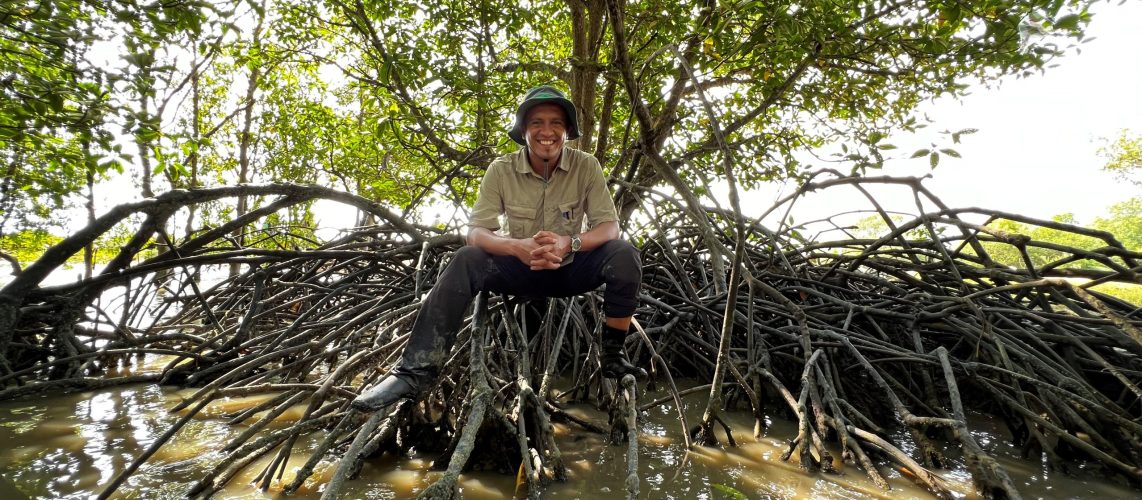This article has been published in New Straits Times on 5 April 2022.
We celebrated the International Day of Forests on March 21 and World Water Day the day after.
These back-to-back dates have been celebrated for many years and decades by communities throughout the world, including in Malaysia.
The important question is, after all these years, do these appreciation days actually have any significant meaning to us?
Forests play extremely important ecological roles and provide a wide range of ecosystem services.
As the habitat for various living organisms, they also provide an important medium for a variety of physical functions and processes.
One is as a water catchment area.
Forests, through the plants that constitute them and the soil beneath, have an outstanding ability to hold and regulate water.
This is apparent in tropical forests like those in Malaysia, which receive an extremely high amount of rain annually. It’s a trait that defines tropical countries, in addition to the consistent high exposure to light, heat and humidity.
These traits provide a conducive setting and environment for nature to evolve and thrive accordingly, forming and creating a balanced system by allowing all forms of life to flourish.
However, the balance is now compromised by massive anthropogenic influences.
Industrial and economic-centric human developments have created an imbalance at the expense of the environment.
Unsustainable development is driving ecosystems into a state of collapse. Disturbances and changes to primary forests are jeopardising their integrity and affecting their ability to retain water, hold soil and perform other roles and functions.
Rivers are burdened with extra load instead of carrying clear, clean water and healthy nutrients.
This has worsened with the addition of silt, sediment, run-offs and pollutants flowing into them from residential, industrial, agricultural and other development areas.
Their meandering patterns are oftentimes straightened for “better flow”, neglecting the extremely strong force, high volume and velocity of water, especially when it rains extensively.
Forests and other natural habitats have succumbed to the ever increasing demand for space for human activities, yet water would still require absorption by soil and plants.
Concrete structures, on the other hand, repel water. This results in the overflow of water, which causes floods and more seriously, mud floods due to run-offs from weak and exposed soil of formerly forested lands.
The recent series of massive floods that struck the country should act as the final wake-up call. The astounding impacts of unsustainable anthropogenic activities are already clear.
Climate change and biodiversity loss are now recognised by the United Nations as the greatest challenges facing Earth and the current and future generations.
The atmosphere is heating up, the oceans’ temperatures are increasing, glaciers are melting, sea levels are rising, weather patterns have been altered, extreme weather events are happening more frequently and their impacts are becoming more catastrophic.
Many habitats have been damaged and lost. Tropical forests are declining. Shorelines are eroding and small islands are sinking.
Coral reefs are bleached, mangroves and seagrasses are disappearing, displacing and killing flora and fauna while the seas lose the ability to absorb carbon and mitigate further global changes.
Anthropogenic impacts on the environment are disastrous as they are almost always permanent and irreversible, causing negative cascading effects.
These must be stopped immediately to ensure a liveable planet for the future.
Reducing deforestation, land-use change, carbon emission and pollution is now compulsory.
By doing that, we may be able to address current environmental issues and minimise further impacts on the atmosphere and the climate.
But, be mindful that we still have to deal with the overdrive and inertia of the impacts and consequences from past emissions and pollutions.
A comprehensive policy and law must be put in place at a national level to facilitate this cross-cutting and cross-sectoral issue, and enforcement and preemptive action must be seriously taken and carried out at state and local levels.
Forests, water and the environment as a whole must be perceived and governed as one big connecting complex system, managed in an integrated and holistic manner. Compartmentalised management, as well as piecemeal policies and laws, will only cause more harm to our environment and the future.
Change is absolutely needed now with a bold shift in paradigm to manage and deal with increasing dynamic and complex future environmental and sustainability challenges.
Revamp the operational and the governance structure if we must to be a sustainable and future-proof nation.
